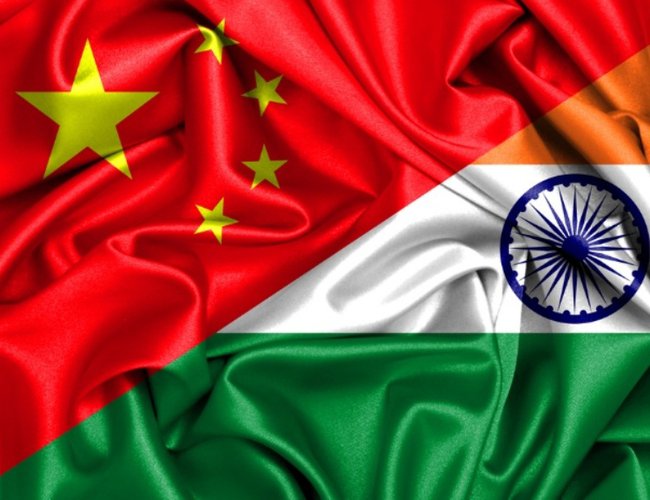
The standoff at Doklam between India and China finally ended last week after rounds of diplomatic manoeuvring. In a statement issued by India’s Ministry of External Affairs, it was stated that the "expeditious disengagement of border personnel at the face-off site at Doklam has been agreed to and is ongoing”. The decision to ‘disengage’ at the border came in the run-up to the BRICS summit where Indian prime minister Narendra Modi and Chinese president Xi Jinping were slated to meet each other.
Earlier this week, when the two leaders did meet on the sidelines of the summit, they agreed that more must be done to improve mutual trust and avoid future border standoffs. But given the past rivalry and unresolved border issues between the two rising superpowers, the statements from the two leader is likely to be simply a ‘diplomatic rhetoric’.
As for now, tensions have subsided. What then were the takeaways of the conflict?
The conflict gave India a reason to assert its strong stand in the region. At a time when Beijing is moving aggressively in South Asia, India’s decision to step into the conflict which did not even concern its own territory showed that it was not willing to accept unilateral attempts to change the status quo in the region. Although chances of full blown war was minimal from the very beginning, India’s decision to maintain its firm ground gave impressions that it was ready to take on any challenge. To borrow the words of the then Defence Minister Arun Jaitley, India’s position in the Doklam conflict showed that ‘India of 2017 was indeed different than that of India of 1962’.
The diplomatic way in which New Delhi handled the issue also highlighted the maturity of the country’s foreign policy. New Delhi maintained restraint throughout the stand-off and apart from engaging in the initial war of words, it refrained from any sort of retaliatory rhetoric. On the other hand, the Chinese media, which is considered as the mouthpiece of the government, was full of propagandist agendas and aggressive threats. While stepping up military presence in the area, New Delhi’s relatively calmer stance hinting that it was interesting in resolving the issue diplomatically rather than engaging in war of words, was a show of its mature foreign policy.
Most importantly, a big take away from the conflict was India’s realization of where the country’s real threat came from. More often than not, the Indian media is full of propagandist news depicting how Pakistan is the main threat to India. The stand-off suggested that the real strategic threat to New Delhi came not from Islamabad but from Beijing. A recent PwC study says that China will be a 38 trillion dollar economy by 2030 - the largest economy in the world while India will be at number 3, with a 19 trillion dollar economy. As the two superpowers jostle each in the world’s economic platform – rivalry is almost inevitable.
- Ukrainian Crisis And The World (Dis)Order
- Apr 22, 2022
- China’s Cautious Steps In The Graveyard Of Empires
- Aug 18, 2021
- Foreign Aid On The Fence!
- Aug 08, 2021
- Communist Party of China centenary celebrations Reading between the lips
- Jul 14, 2021
- Second Wave Of Covid-19 In India: Deadly Blow To The Economy
- Jun 23, 2021
















